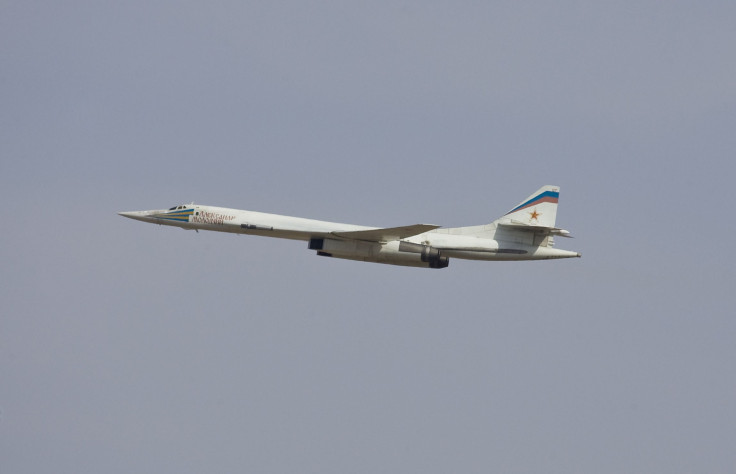Russia May Resume Tu-160 Bomber Production As Part Of Air Force Modernization, Defense Ministry Says

The Russian military plans to continue the modernization of its long-range bomber fleet and will consider renewed dedication to the production of its Tupolev Tu-160 supersonic bomber, the Russian Defense Ministry confirmed Wednesday. Work will resume despite escalating tension between Russia and Western powers over the Kremlin’s military activity in the last several months.
Defense Minister Sergei Shoigu has approved new equipment for Russia’s Kazan Aviation Plant in Tatarstan to aid in modernization efforts, Russian news outlet Tass reports. The defense ministry plans to build two Tu-160 bombers by the end of 2015 and to upgrade five existing Tu-160s. Russia currently possesses 15 of the long-range bombers.
“It is necessary already today to start implementing tasks not only for keeping in good order and modernizing the fleet of long-range aviation but also for reproducing Tu-160 missile carriers,” Shoigu told Tass. He added that the Tu-160 is “a unique plane that has been several decades abreast of time and has not used its constructive possibilities to the full extent until now.”
The planned expansion comes months after Russia said it would extend its bomber patrols to reach as far as the Gulf of Mexico and the Arctic Ocean. Russia had not ordered bomber patrols of that length since the end of the Cold War.
The United States, the NATO military alliance and the European Union recently have expressed concern on several occasions over Russia’s increased military activity. Russian President Vladimir Putin ordered the annexation of the formerly Ukrainian territory of Crimea last March, and Western leaders repeatedly have accused the Kremlin of backing pro-Russian separatist rebels in war-torn eastern Ukraine. Russia has denied culpability in that conflict.
NATO developed an expanded “rapid reaction force” to defend against continued Russian territorial expansion. The response force now consists of approximately 30,000 troops, with a 5,000-soldier unit capable of deployment within 48 hours. NATO conducted its first drills with the new force earlier this month, according to a press release.
© Copyright IBTimes 2025. All rights reserved.






















